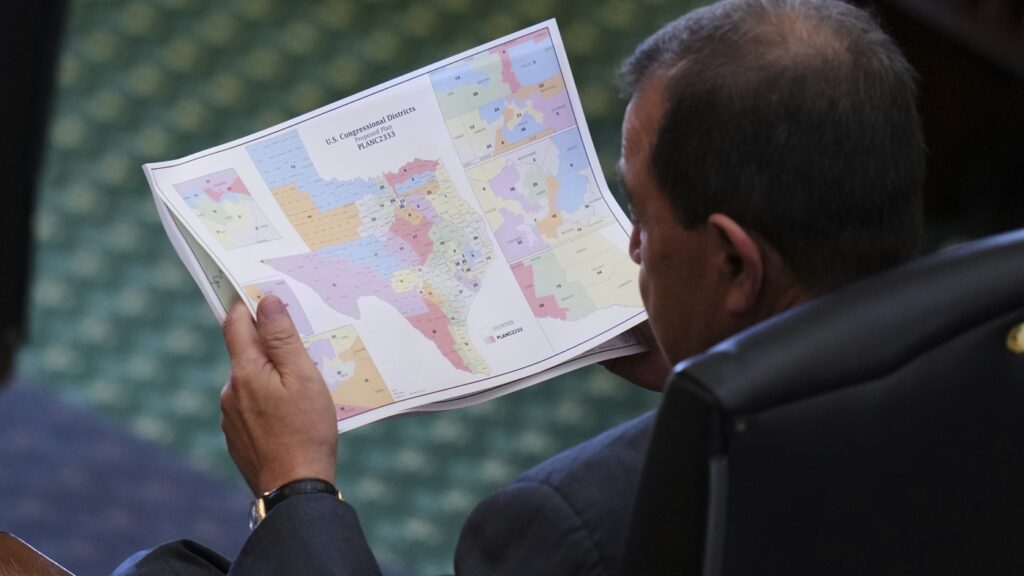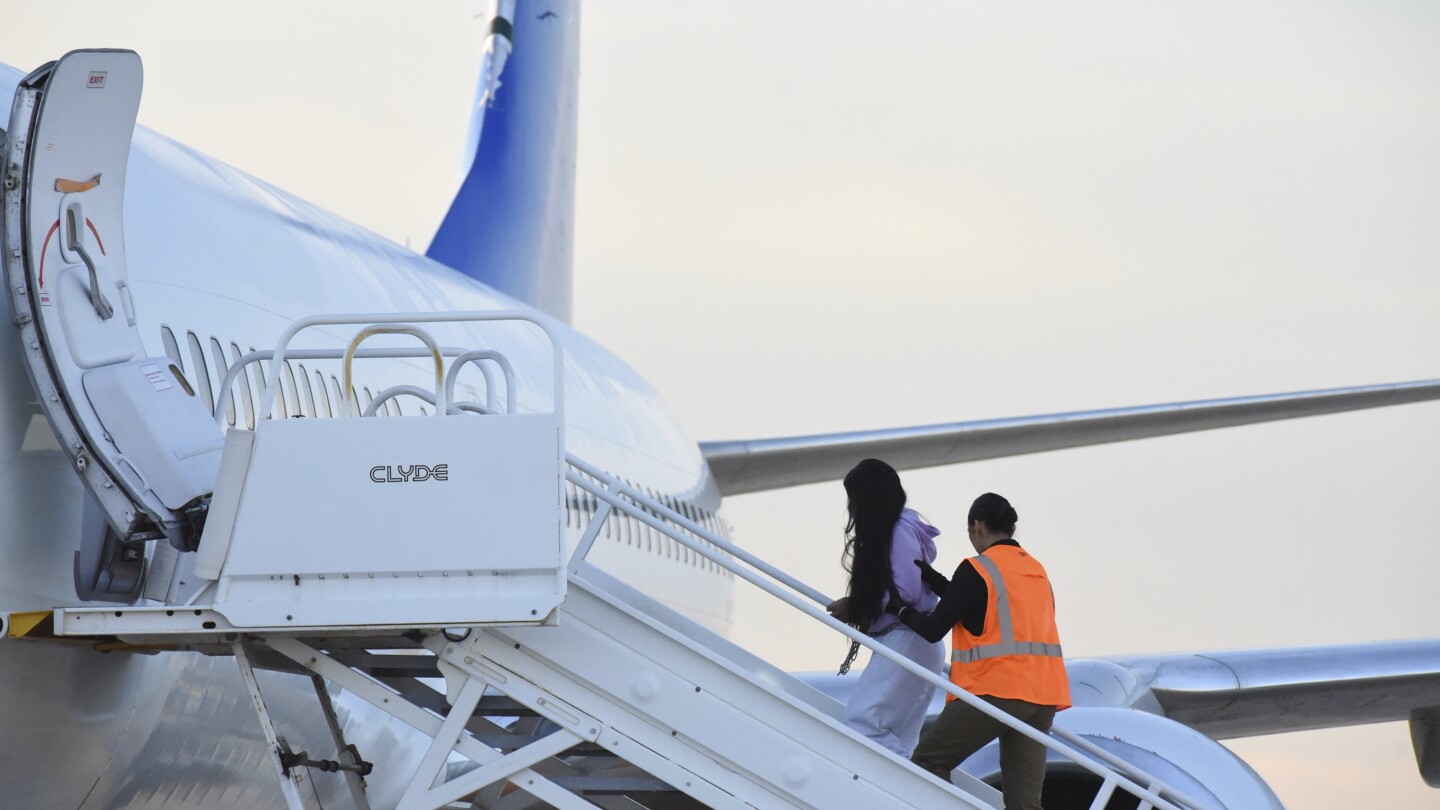Now Reading: Bond Sell Off Raises Questions About U.S. Safe Haven Status
-
01
Bond Sell Off Raises Questions About U.S. Safe Haven Status
Bond Sell Off Raises Questions About U.S. Safe Haven Status

A sharp sell-off in U.S. government bond markets and the dollar has set off fears about the growing fallout from President Trump’s sweeping tariffs, raising questions about what is typically seen as the safest corner for investors during times of turmoil.
Yields on 10-year Treasuries — the benchmark for a wide variety of debt — whipsawed on Wednesday after Mr. Trump paused the bulk of the levies he had threatened the week before and raised the rates charged on Chinese goods after that country retaliated.
The 10-year bond was trading at 4.37 percent, slightly lower than earlier in the day but still well above recent levels. Just a few days ago, it had traded below 4 percent. Yields on the 30-year bond reversed an earlier rise that had lifted it above 5 percent. It now stands at 4.76 percent.
Amid the tumult, other markets considered alternative safe havens to the United States have gained. Yields on German government bonds, which serve as the benchmark for the eurozone, fell on Wednesday, indicating strong demand. Gold prices rose, too.
The U.S.-centric volatility comes on the heels of investors fleeing riskier assets globally in what some fear had parallels to an episode known as the “dash for cash” during the pandemic, when the Treasury market broke down. The recent moves have upended a longstanding relationship in which the U.S. government bond market serves as a safe harbor during times of stress.
Adding to Wednesday’s angst was the fact that the U.S. dollar, which is the world’s dominant currency and was largely expected to strengthen as Mr. Trump’s tariffs came into effect, had instead weakened. It shaved some of those losses after the administration’s announcement.



















